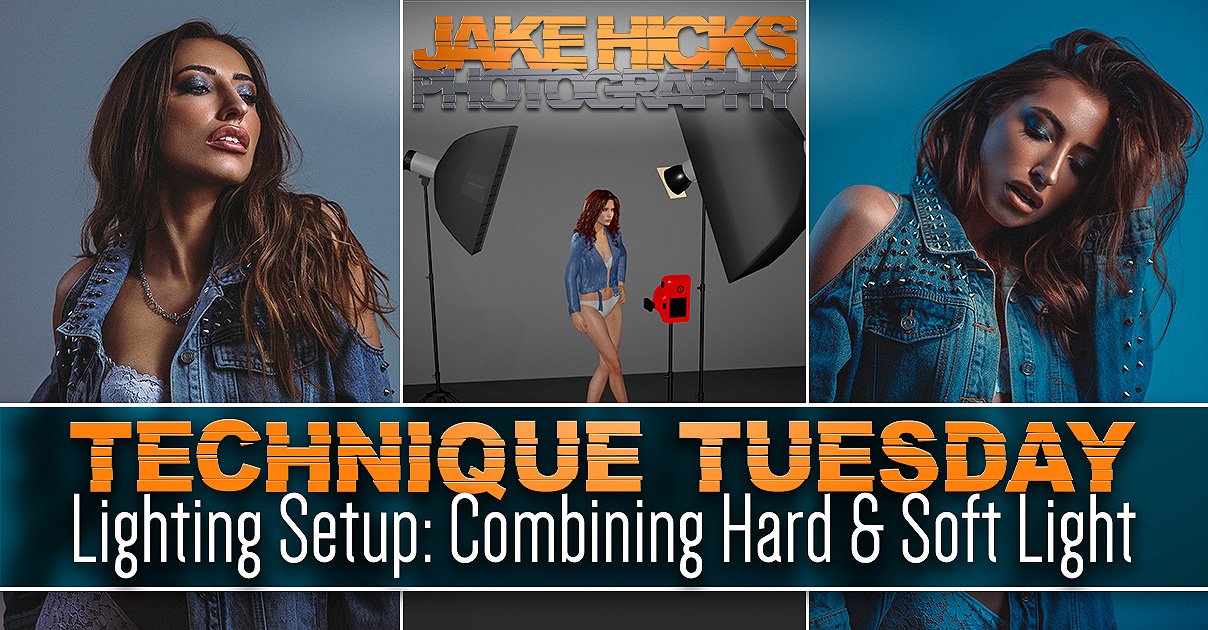I fully appreciate that I’m very late in the year to be posting this, but what with me thankfully having a very busy start to 2022, this is the first time I’ve had chance to sit down and look at the numbers.
The top five articles of 2021 are based on page visits and although some of these results aren’t too surprising, there was a few articles last year that I loved and thought shared some cool techniques, but were bizarrely nowhere to be seen in this top 5! I’ll share my missing faves at the bottom, but for now, here is what was popular last year according to you guys…
Number 1
Lighting Setup: Classic Editorial Portrait Lighting
This article really does do what it says on the tin. A lighting technique that showcases a classic editorial setup and although I’m known for my coloured gel looks (plus you can find scores of this somewhat simplistic lighting everywhere online), I’m flattered that so many wanted to see my take on a tried and true look that never fails to impress.
Number 2
Cinematic Lens-Flare Filter Comparison
I spent a ton of time last year experimenting and playing with what I thought were the more defining troupes of a ‘cinematic’ look. Along with pose, light and composition, one of the most defining attributes of a cinematic image can often be atmosphere. We can go a long way to create an atmospheric shot with smoke and haze, but that isn’t always possible, so the next best thing is a lens filter. In this article I test a bunch of my favourite ways to simulate atmosphere through the lens and share the results here.
Number 3
Why you should Upgrade your Speedlight to a Studio Strobe
For those looking for my totally unbiased and diplomatic opinion on why you should upgrade your speed light to a strobe….. good luck with that! In the meantime though, here’s why I recommend a strobe over a speedlight and why not just any strobe either, as this article probably climbed up the rankings due to my too-close-for-comfort jab at Profoto!
Number 4
Creating Gradients with Coloured Gels
Of course no ‘Best Of JHP list’ is complete without at least some coloured gels being squeezed in there. This article was a nice surprise though as it was a pretty arty setup and was great to see it resonate with so many of you. If you fancy taking your gel skills to the next level, take a look at the following article as I show you how to add colour gradients IN-CAMERA!
Number 5
Super-Soft Lighting in Small Home Studios
This was another lighting setup article, but this one focused on trying to create super-soft light in home studios. In commercial studios, you have tons of space and can use monster softboxes to create beautifully soft light. If you’re trying to shoot from home though or in smaller studios, this can be tricky, especially if you’re struggling with low ceilings as well. This little technique shows you how to get super-soft light, in super-small rooms.
Closing comments…
Did you recognise any of those articles? Miss any of them when they were originally posted? Either way, this is a nice little catchup on some of my more popular posts from the previous year and not only is it a handy reminder for you guys, but it’s also a useful process for me to see what type of content is more popular than others. For example; I shared some business insight content that I thought would be popular, but wasn’t and I also shared a cool article on using coloured gels outdoors that didn't make it anywhere close to the top 5 either. So here’s one of my faves from 2021 that didn't hit the top spots. If this one passed you by the first time around, here’s what you missed…
Lighting Setup: Using Colour Gels Outdoors
Never miss a killer article again!
Never miss a cool tip, technique or lighting setup again as I spruce up your inbox with them each time I share one. Sign up to my newsletter to be sent all of these photo tips and techniques articles every month and never be left behind to shoot black and white landscapes ever again!








































